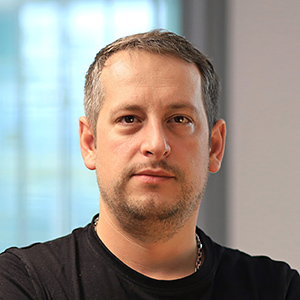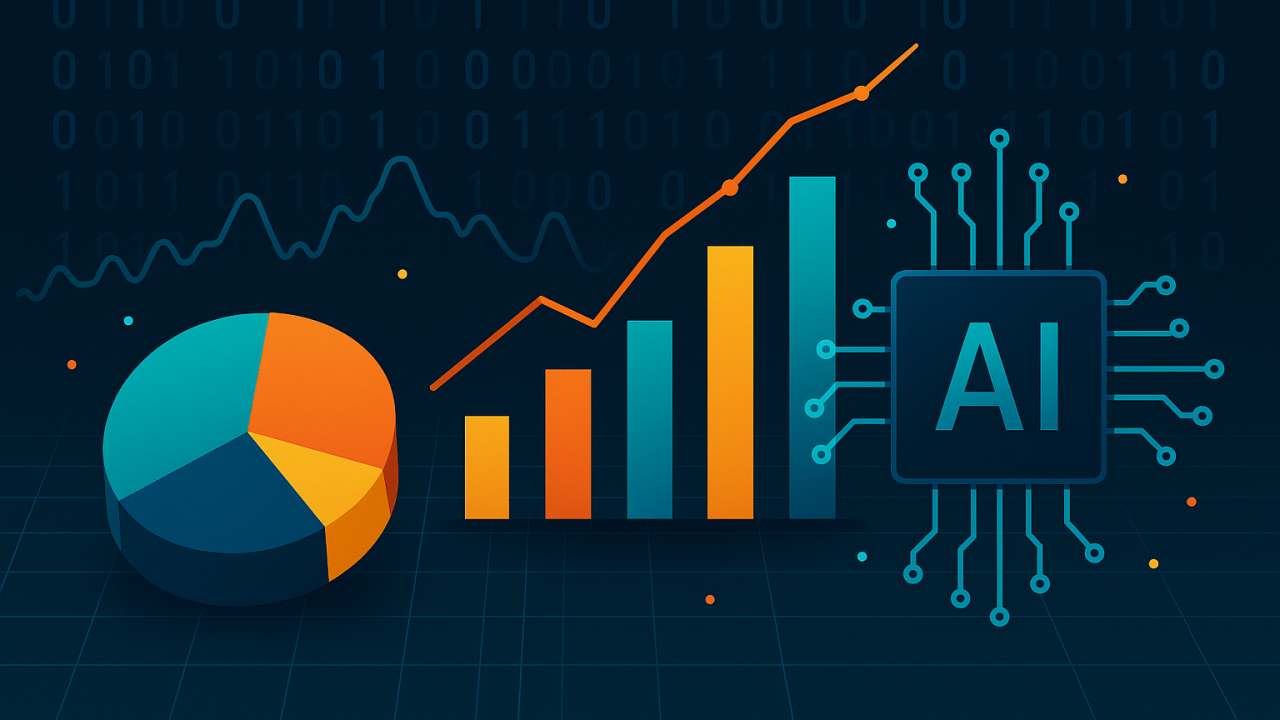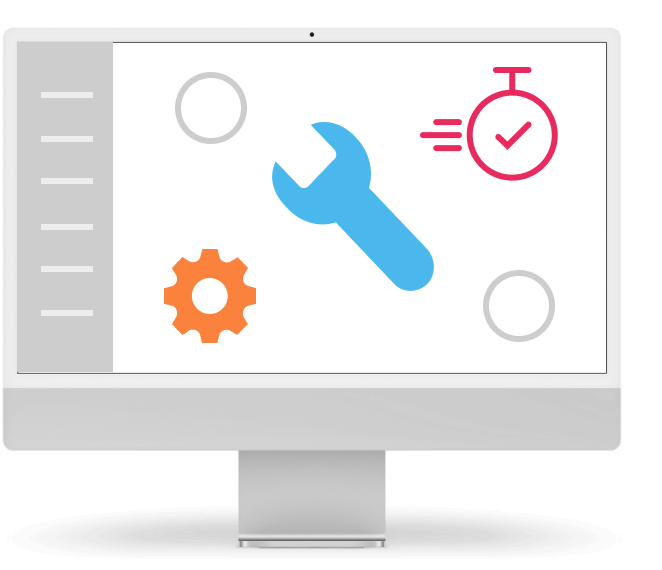Cloud migration based on AI recommendation - Part I
Suddenly, the place is swarming with artificial intelligence tools. But what is often forgotten is the verification of information and data that falls out of it. Although the providers of such software warn about it, not gonna lie.
So we did a small technical test. Migration is an area that cannot be completely covered with a well-prepared universal template. Despite that, we asked ChatGPT about 10 best practices for cloud migration. How did it turn out? See for yourself.
Create a clear strategy and roadmap
🤖 Based on an in-depth analysis of the current IT environment, workloads and dependencies, create a clear migration strategy that matches business goals. This strategy should be developed into a roadmap, which will include phases, a timeline and the necessary resources.
🧑💻 What to add to that? This is a key point, but it is also necessary to realize that not every company has the opportunity to keep specialists for different types of infrastructure. In this case, it is still necessary to think about whether you can do this analysis and roadmap yourself so that you really evaluate all the options and choose the right architecture.
Create an in-depth cost-benefit analysis
🤖 This analysis should include the financial impact of cloud migration. You should consider the initial costs as well as the long-term savings. Remember to include both CAPEX and OPEX. Otherwise, the budget will not be accurate.
🧑💻 So this is quite beyond the technical level, it is the responsibility of management. But when I look at it from the experience of some of our customers, it is this point that has become a big stumbling block. Some providers will only show a part of the costs that you will actually pay at first glance.
And those hidden amounts are not negligible, that’s why they ran away from these providers. So you can warn your superiors about the practices that some cloud providers use.
Specify workload priorities
🤖 Identify applications and workloads that should be prioritized for moving to the cloud. Factors that will influence these priorities are complexity, how critical are they to operations, or the benefits of operating it in the cloud (for example, scalability and resiliency).
🧑💻 For some time now, uniform homogeneous IT environment is old news. Rather, we are now talking about the needs of individual activities – for example software – and they each have a role in the operation of the company. But some are more important than others. For that reason, it is necessary to identify priorities and also whether your IT environment will remain uniform.
Choose the right cloud provider and services
🤖 Choose a cloud provider that meets your needs in terms of performance, legal compliance, and cost. You should compare providers based on geographic reach, services and SLAs.
🧑💻 This is often one of the most problematic decisions. As technicians, we have little time to make decisions and this is often the reason why, under pressure from above, the company decides to choose the wrong provider. But underestimating this activity can lead to the fact that your company will have to migrate to another environment, because you simply cannot carry the costs.
Ensure security and legal compliance
🤖 Ensure robust security and legal compliance policies during migration. Engage encryption, access control and policy audits. Align them with industry standards (GDPR, HIPPA, …).
🧑💻 Yet again on another note, but related to our environment settings. In recent years, the European Union has issued several regulations that regulate the way in which digital services should function, the responsibilities of their providers and the rights of their users. This affects the way the architecture is set up.
Half-time evaluation
We are now halfway through and we can say that Chat GPT is doing very well so far. We will see in the next article if this will also apply to the other 5 best practices.





